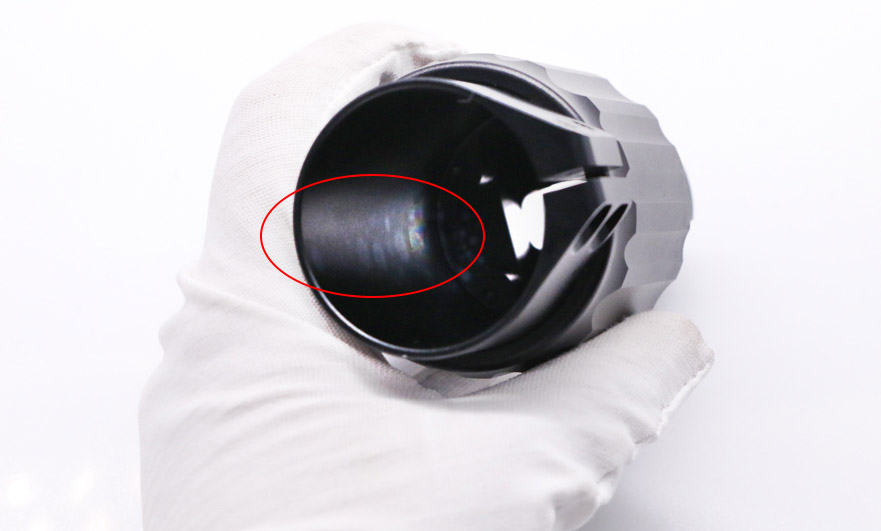15 years one-stop China custom CNC machining parts factory

Hey there I’m VMT Sam!
With 25 years of CNC machining experience we are committed to helping clients overcome 10000 complex part-processing challenges all to contribute to a better life through intelligent manufacturing. Contact us now
 176 |
Published by VMT at Jun 09 2022
176 |
Published by VMT at Jun 09 2022

A certain degree of anodizing of aluminum CNC machined parts will produce anodizing spots. How to deal with anodizing spots of aluminum CNC machined parts will be explained to you today. The treatment method of anodizing spots of aluminum CNC machining parts:
Method 1: When the surface of the aluminum CNC machining parts is oxidized and dirty, it can be cleaned with an alkaline solution to remove the oxide film with the dirt adsorbed. After removal, wash in distilled water several times. It is then boiled in distilled water to close the pores in the oxide film. In this way, the surface of the cleaned aluminum CNC machined parts will not absorb dirt.
Method 2: anodizing of the surface of aluminum CNC machining parts, the formation of aluminum oxide is a dense protective film, which reacts with acid and alkali, but aluminum also reacts with acid and alkali, soaking in dilute acid or alkali, when there is gas , immediately remove and wash with water. It can also be sanded with sandpaper.
Method 3: Before the anodizing treatment of aluminum CNC machining parts, the surface of the product should be cleaned by chemical and physical methods to expose the pure metal matrix, which is conducive to the smooth progress of anodizing and coloring, so as to obtain a firm bond with the matrix, color and thickness. It is an artificial membrane that meets the requirements and has good corrosion resistance, wear resistance and other good properties.
In the process of anodizing production of aluminum CNC machining parts, various defects can be mainly divided into three categories, namely surface defects, shape and size defects, and appearance performance defects of aluminum CNC machining parts. The surface defects of oxidized surface treatment products are generated in the production site, and the rejection rate is also high. The main ones are fingerprint corrosion, scratches, adhesion, coarse sand, light sand, poor degreasing, anodizing bubbles, unclean film release, snowflake corrosion, anodizing white spots, electric injury, slag inclusion, oxide film peeling, pitting, Bursting film, sealing color, pinhole corrosion, chromatic aberration, acid and alkali water corrosion, sealing and ash, no paint film, pitting, electrophoresis bubble, oxide film powdering, etc.
Ready To Start Your Next Project?
Get Instant Quote

Request a Free Quote
Send us a message if you have any questions or request a quote. We will get back to you ASAP!